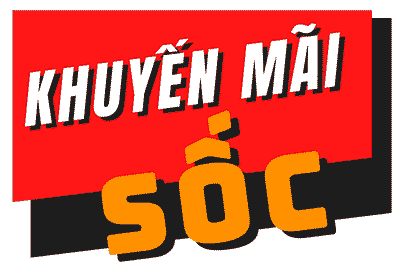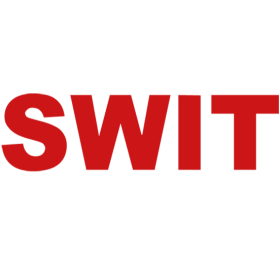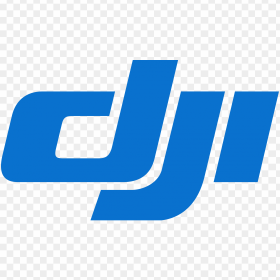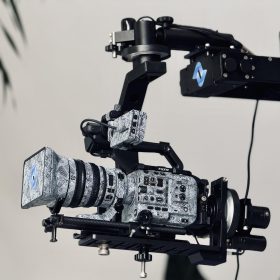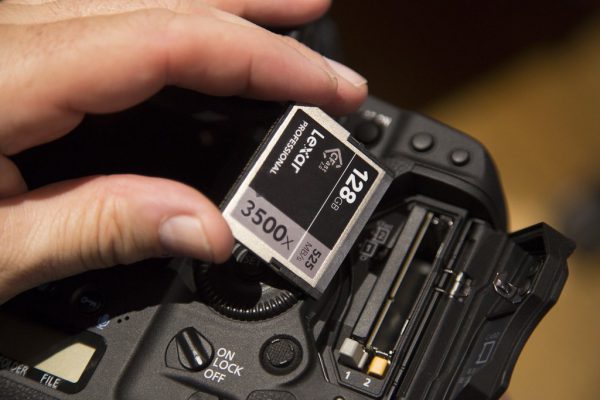The petty cash custodian is in charge of cashing the check you use to fund the account and maintaining the amount of cash in the cash box. This person is also responsible for determining your petty cash policy, and they’re in charge of collecting receipts and verifying the cash log is up to date as well. From an accountant’s point of view, proper record keeping is essential because it provides a clear audit trail. In the event of an audit, the accountant needs to be able to trace each transaction to its source.
Why is it important to use a petty cash voucher?
These vouchers can be classified based on the purpose they serve, the form they take, and the way they are used. Using vouchers can also help make the process of managing petty cash more efficient. By providing a standardized method for recording transactions, vouchers can help reduce the amount of time and effort required to manage petty cash. This can be especially beneficial for businesses that have multiple locations or departments, as it can help ensure consistency across the organization.
Can you give an example of a petty cash voucher?
In this blog, we’ll explore how you can adopt petty cash vouchers to make your petty cash management system more reliable and organized. With tons of petty cash voucher examples online, you can make them as simple or complex as you need. For example, some petty cash vouchers involve bank account details (such as an account number) when petty cash is not in a physical cash state. Nowadays, petty cash is most common for brick-and-mortar businesses or businesses that often transact in cash.
Each time you pay an expense out of petty cash, you fill out a petty cash voucher. This voucher records the transaction details, including the date, dollar amount, purpose, and the person receiving the cash. One of the key benefits of vouchers is that they provide a clear record of all transactions. This can be particularly helpful for businesses that need to track expenses for tax or accounting purposes. With a voucher system in place, it’s easy to see exactly where funds are being spent, making it easier to identify areas where costs can be cut or where additional funds may be needed. When the petty cash fund is replenished, the completed petty cash vouchers provide the documentation for the replenishment check.
From an accounting standpoint, proper voucher management is critical for maintaining accurate financial records. Each voucher should include details such as the date, amount, purpose, and the name of the person who received the funds. By keeping a record of each transaction, it’s easier to track expenses and ensure that funds are being used appropriately. Consequently, petty cash balances are rarely updated just to improve the accuracy of the financial statements. The custodian is responsible for keeping the petty cash funds in a safe place such as a lockable box only to be accessed when needed.
How petty cash vouchers fit into the wider accounting system
If all goes according to plan, accounting includes this cash log when they close the books. Overall, the process is more convenient than paying out of pocket and submitting a reimbursement request. Note that having a petty cash fund isn’t the same as having a cash register or other cash system where large volumes of money are transacted. Typically, the manager or supervisor of the department is responsible for approving these vouchers.
Understanding Petty Cash: Essential Guide for Effective Management
It ensures all transactions are accounted for, and all necessary documents and receipts are kept for audit purposes. Additionally, the software can help to prevent fraud and ensure accurate accounting of funds. Petty cash is used to facilitate small transactions that are impractical to process through traditional methods like checks or credit cards. It provides a convenient way to pay for incidental expenses such as office supplies, postage, or employee reimbursements for small purchases.
It provides a clear trail of financial activity that can be audited and analyzed. For a small business owner, it’s a what is the purpose of using a voucher system with the petty cash fund way to keep a close eye on cash flow, ensuring that funds are being used appropriately and efficiently. These vouchers play a significant role in internal controls within organizations, ensuring transparency and accountability for cash transactions. In the world of accounting, the concept of petty cash voucher holds significant importance in maintaining accurate financial records and tracking expenses. A petty cash voucher serves as a crucial document that records small, day-to-day expenses incurred by a business or organization. It not only facilitates the process of reimbursing petty cash but also aids in controlling cash flow and maintaining financial transparency.
What does Petty Cash Voucher mean? (Accounting definition and example)
- The finance department should review the expenses, ensuring that they are within the budget, and then submit the expenses for payment.
- By effectively managing petty cash and regularly reconciling it, businesses can ensure their balance sheets accurately reflect their financial status.
- It ensures all transactions are accounted for, and all necessary documents and receipts are kept for audit purposes.
When the custodian disburses money from the petty cash fund, he or she will write out a petty cash receipt which will be signed by the employee who is receiving the funds. The receipt will also show the amount disbursed and what the fund is being used to purchase. That’s a long way of saying it’s “shoebox money” for expenses which are usually too small to bother using a credit card or writing a check. Petty cash is a system that funds and tracks small purchases such as parking meter fees that aren’t suitable for check or credit card payments. A petty cash book is a ledger kept with the petty cash fund to record amounts that are added to or subtracted from its balance. Petty cash should be part of an overall business accounting system that documents how your business moves funds between one account and another and how it spends its money.
- Instead of waiting for a bulk order, an employee uses petty cash to buy a ream of paper from a nearby supplier for $15, fills out a voucher, and attaches the receipt.
- When the cash balance in the petty cash fund drops to a sufficiently minimal level, the petty cash custodian applies for more cash from the cashier.
- Understanding the concept of vouchers is crucial for effective petty cash management.
- When someone makes a disbursement, they should place the voucher in the cash tin until reconciliation.
Optical character recognition (OCR) scans and logs receipts, eliminating the need for manual entry and reducing errors. By subtracting the original amount by the total of all petty cash receipts, you should have the same amount of cash as what is left in your fund – no rocket science there. This way you can still operate a petty cash fund even when your team is remote or you work with an automated spend management system.
Auditing Your Voucher System for Compliance
Regular reconciliation of your petty cash fund ensures that your physical cash on hand plus the total of receipts and vouchers equals the established petty cash fund amount. Once you’ve tapped your petty cash custodian, determine the total amount of money you want to keep in the petty cash fund. For example, you might keep just enough cash on hand to cover small expenses for one month at a time—say $100.


